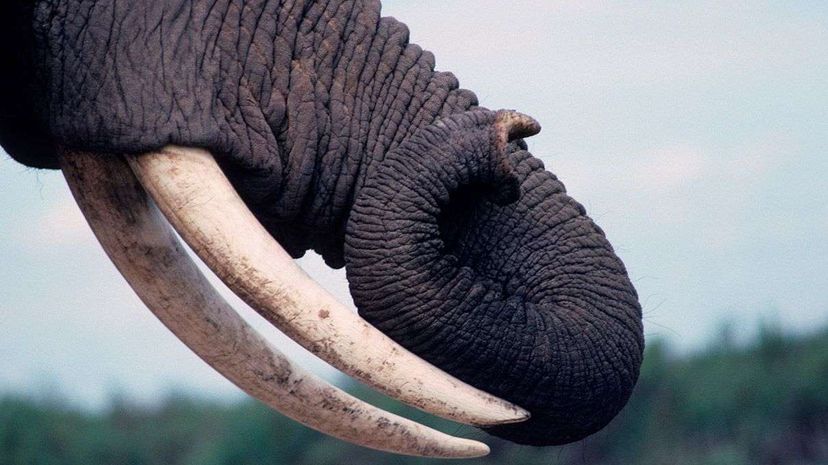
Biologist Michael Chase was tracking African elephants in the early 2000s, when he noticed a startling phenomenon. Elephants that had fled from a civil war in Angola to neighboring countries were migrating back across the border to their former wildlife preserve home. In the earliest part of the trek, some of the elephants stepped on landmines, and suffered horrific deaths after their legs were blown apart. But the elephants that followed somehow managed to avoid that fate and make it back to the preserve safely.
When Chase analyzed the movements of the elephants he was tracking using satellite-enabled collars and compared it to a map of known minefields, he realized that the animals seemed to be deliberately avoiding the mines. At the time, one hypothesis was that the highly intelligent, social animals learned from the experience of their predecessors.
Advertisement
But since then, scientists increasingly have focused upon another explanation – one that has the potential to help humans avoid a similar fate. They think that elephants, with their superior sense of smell, are able to avoid mines by detecting their aroma.
In the South African bush, researchers supported by funding from the U.S. Army Research Office have been trying to train elephants to sniff out landmines and other dangerous explosives, and alert humans to their presence. A Reuters account described the performance of a 17-year-old male elephant named Chishuru, who walked down a row of buckets, stuck his trunk in each one, and then raised a front leg when he came across one with a swab laced with the scent of explosives. In multiple tests, Chishuru identified the bucket with the explosive correctly — and was rewarded with a piece of fruit.
While researchers have been trying for years to develop electronic technology to detect landmines by scent, animals have significant advantages in sniffing out explosives, explains John Kauer, a professor emeritus of neuroscience at Tufts University. Kauer developed such landmine-sniffing technology.
"It's been difficult to create devices that are as sensitive," he explains. "But that's just part of the problem. Even with modern robotics, it's difficult to make a device that has the searching ability that an animal has. If they get a whiff of an odor, they hone in on the location, and how they do that is not yet understood and difficult to replicate."
Additionally, he says, animals have the ability to pick out a specific odor—such as vapor from an explosive—from among an array of other scents in the environment. "It's sort of the 'cocktail party' effect," he explains. "If you're talking to someone, even if the person behind you is speaking louder than that person, you can filter it out and hear the right voice."
You'd think that landmines wouldn't be easy to sniff out. The weapons are made from a metal or plastic casing that contains the explosive—usually the chemical trinitrotoluene, better known as TNT—and they're buried in the ground, which might seem to smother any aroma of the explosives. But according to a 2008 American Chemical Society article, vapor leaks from the cases and rises from the ground. It's a chemical impurity left over from the explosive manufacturing process, 2,4 dinitrotoluene (DNT), that actually gives off more of a scent than the TNT itself, according to Kauer.
While that scent is still too faint for humans, animals can detect it. Dogs, whose noses may be as much as 100,000 times more sensitive than ours, have long been trained for explosive detection. Rats are also used in detection, and researchers at the U.S. government's Los Alamos National Laboratory have experimented with teaching bees to react to vapors from TNT, C4 and other explosives.
But elephants might have the most potential. In addition to their gigantic noses, a 2002 study found that they have an extremely sophisticated ability to identify chemical aromas, and actually can determine another elephant's age, size and inclination to mate based on a whiff of urine. A 2014 study by Japanese researchers found that they had almost 2,000 different genes devoted to governing olfactory receptors—twice as many as dogs have, and five times more than humans.
Military researchers, though, don't plan to send elephants out into minefields to point out mines. Instead they envision using robots to gather samples of scents from potential minefields, which would then be brought back to a safe place where the elephants could analyze them without any danger.
Advertisement